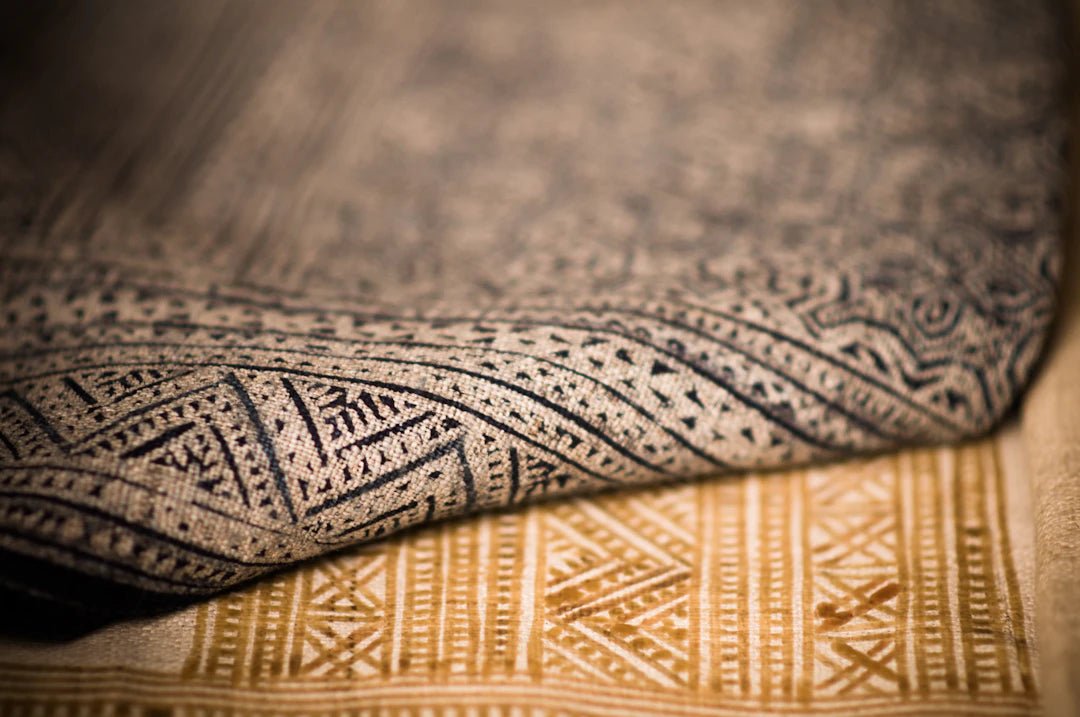Frequently Asked Questions
1. What are the two main types of stains?
2. What supplies do I need for stain removal?
3. How should I treat a blood stain?
4. What can I do to prevent future stains?
5. When should I seek professional help for stain removal?
Stains are an unavoidable part of everyday life, especially when it comes to our favorite fabric items. Whether it’s a splash of coffee on your shirt or dirt on your couch, knowing how to tackle those stubborn stains can make all the difference. In this comprehensive guide, we’ll explore effective techniques and handy tips to remove stubborn stains from various types of fabric, ensuring your items look as good as new. Plus, we’ll give a little nod to the utility of dust removal gel in your cleaning arsenal. So, roll up your sleeves, and let's dive in!
Identifying Stains: The First Step to Removal
Before you can tackle any stain, it's essential to identify what kind of stain you are dealing with. Stains can be broadly categorized into two types: organic and inorganic. Understanding the origin of your stain helps in choosing the right cleaning method.
Organic Stains
Organic stains come from natural sources and are often water-soluble. Common examples include:
- Food and drink spills (e.g., wine, coffee, juice)
- Blood
- Sweat
- Grass
Inorganic Stains
Inorganic stains are tougher to remove and are usually caused by chemicals or synthetic materials. Examples include:
- Paint
- Ink
- Grease
Finding out what kind of stain you're dealing with is crucial, as it determines your cleaning approach. Before proceeding with any cleaning method, always do a spot test on an inconspicuous area to ensure your fabric won't be damaged.
Gathering Your Supplies
Equipping yourself with the right supplies can simplify the stains removal process. Here’s a list of essential items you might need:
- Soft cloths or paper towels
- Cold water
- Stain remover (homemade or store-bought)
- Spray bottle
- Soft-bristled brush
- White vinegar
- Baking soda
- Dish soap
- Dust removal gel (for cleaning surfaces and fabric)
Having these materials readily available will prepare you for tackling a variety of stains effectively.
Methods for Removing Different Types of Stains
Food and Drink Stains
For spills like coffee or wine, follow these steps:
- Blot the spill immediately with a soft cloth or paper towel to absorb as much liquid as possible.
- Mix one part white vinegar with two parts water in a spray bottle. Spray the solution on the stain and let it sit for about 10 minutes.
- Gently blot with a clean cloth until the stain lifts. Rinse with cold water and repeat if necessary.
Blood Stains
Blood stains can be particularly stubborn, but quick action can save the fabric:
- Rinse the stain under cold water to remove excess blood.
- Mix a teaspoon of dish soap with cold water. Apply the mixture to the stain and let it sit for about 5 minutes.
- Blot the stain with a cloth until it disappears, then rinse with cold water.
Ink Stains
Ink stains can be a nightmare, but don’t panic!
- Place a paper towel under the fabric to catch any ink.
- Dab rubbing alcohol or hand sanitizer onto the stain using a cotton ball.
- Let it sit for 5-10 minutes before blotting again with a fresh cloth.
Grease Stains
Grease stains can penetrate fibers deeply. Here’s how to handle them:
- Sprinkle a generous amount of baking soda onto the stain and let it sit for about 30 minutes to absorb the grease.
- Brush off the baking soda and apply a drop of dish soap directly onto the stain.
- Work the soap into the stain gently, then rinse with hot water.
Prevention is Better Than Cure
While knowing how to tackle stains is critical, preventing them can save you time and effort. Here are some tips:
- Use fabric protection sprays that help repel spills.
- Always address spills immediately to prevent them from settling.
- Train your family and guests on dining etiquette to minimize accidents.
The Power of Dust Removal Gel
While the focus is on stains, let's take a moment to consider cleanliness as a whole. Maintaining clean surfaces and fabrics reduces the likelihood of dirt and odor mixing with stains. This is where dust removal gel comes into play.
This versatile cleaning agent is not only effective for removing surface dirt from tables and cars but can also lift dust from fabric surfaces, preventing grime buildup that can lead to unforeseen stains later on.
Special Considerations for Delicate Fabrics
When dealing with delicate fabrics such as silk or lace, extra caution is necessary. Here’s what to keep in mind:
- Always consult the care label for washing instructions.
- Consider professional cleaning for intricate fabrics.
- Avoid using harsh chemicals that can damage delicate fibers.
When to Seek Professional Help
Sometimes, despite our best efforts, a stain just won’t budge. Here are scenarios where professional help might be needed:
- The stain is extensive, covering a large area.
- The fabric is particularly valuable or irreplaceable.
- You've attempted multiple home remedies without success.
Your Path to Spotless Fabrics
Stains are simply a part of life, but they don't have to control it! With the right approach and a few simple techniques, you can ensure that your fabric items remain pristine. Remember, speed is of the essence when dealing with stains, so act quickly and use the right products.
Now that you’re armed with all things stain-removal, you can conquer any mess that life throws your way. Whether you keep a bottle of dust removal gel handy to manage daily dirt or create your homemade cleaning solutions, maintaining your fabrics is well within your reach. Happy cleaning!
Step into the Shopify or Wix store of another user. Begin your visit by clicking this store link. Kindly note that this is a promotional link, and we do not take responsibility for the content of the linked store.


Share:
Essential Tips for Safely Cleaning Your Electronics
Essential Kitchen Cleaning Tips: Clean Like a Pro!